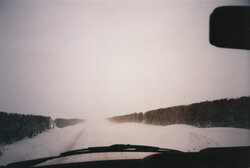GrasB
Veteran
- Location
- Nr Cambridge
Actually an Exige is just about drivable on anything but fresh snow with stock Toyo R888 tyres. But then it does have a fair amount of weight over the rear wheels being mid-engined.Surely though, a tyre offering max grip on tarmac is going to be slick, or as close to ?


